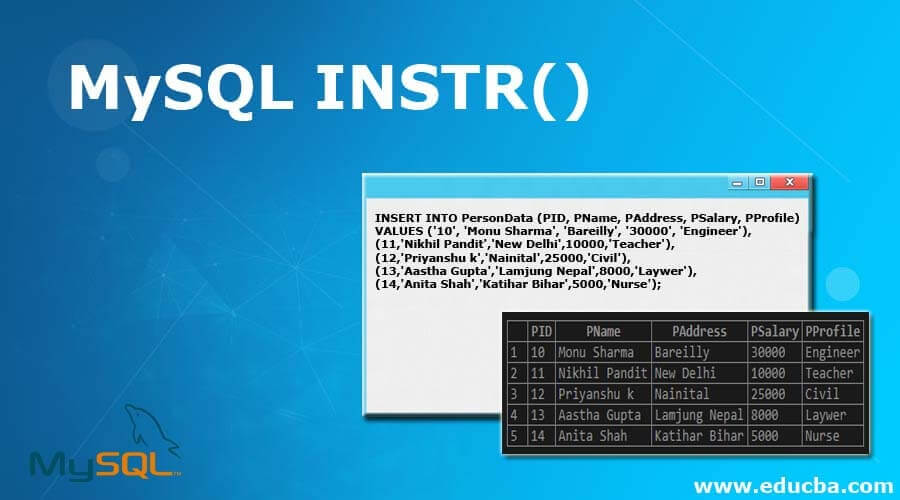
- #Should i use php uuid or mysql uuid function software#
- #Should i use php uuid or mysql uuid function code#
Looking in the AWS console, I see support up to version 5.7.26 (in the 5.7 vein) and 8.0.16 (in the 8.0 vein). The Terraform (scripted deploy) spins up an AWS RDS instance with engine version 5.7.16. Mysql Ver 14.14 Distrib 5.7.27, for Linux (x86_64)īut this will end up deploying to an AWS RDS instance. Is there a way to perform an "Insert From Select" and generate a unique UUID in binary 16 form per row in the select? I also tested this behavior with another non-deterministic function, RAND(), and in this case the REPLACE() function worked as we'd expect! SELECT REPLACE(RAND(),' ',' ') from INFORMATION_SCHEMA.TABLES LIMIT 3 I would have expected the non-deterministic characteristic of the UUID() function to result in the REPLACE() function behaving as if it had a different argument for each row, but it seems as though the DB engine is over optimizing by assuming the UUID() to be constant. The UUID() function is non-deterministic, while the REPLACE() function is deterministic. I can't change that please don't focus on that. It shouldn't matter, but for those that are curious, our PK's are UUIDs in binary(16) form. Note, I am using the information schema's list of tables for convenience. SELECT UNHEX(REPLACE(UUID(),'-','')), TABLE_NAME from INFORMATION_SCHEMA.TABLES This 'breaks' Insert From Select statements like this where we expect each inserted row to have a unique value: INSERT INTO MyTable (uid, tableName) - uid is binary(16) However, as soon as we use it within the REPLACE() function, it begins producing the same value: SELECT REPLACE(UUID(),'-','-') from INFORMATION_SCHEMA.TABLES LIMIT 3 Creating the viewĮditing the / route in web.The UUID() function by itself produces a different value each time it is called, as I would expect it to do: SELECT UUID() from INFORMATION_SCHEMA.TABLES LIMIT 3 But using a view is preferred because changes are easier to see. To see the newly created users, we may use tinker. This creates ten users with fake data within the fakerphp/faker PHP library. The class can be found at database/seeders/DatabaseSeeder.php.
#Should i use php uuid or mysql uuid function code#
To do this, uncomment the code in the run() method in the DatabaseSeeder class, then run php artisan db:seed. This can be confirmed by seeding the database using the UserFactory. Start the application server using: php artisan serveīy default, a Laravel application uses regular incrementing IDs. This command creates a new Laravel application. Step 1: Create a Laravel application laravel new UUIDapp Making the Laravel application use UUIDs involves a few steps. UUIDs are secure, as they’re randomly generated and unique, so they can’t be guessed.īuilding a laravel application using UUIDs.


UUIDs are created by your application, so you don’t have to wait for the database server to create new users.It’s a 32 hexadecimal (base 16) set of digits, displayed in five groups separated by four hyphens. When generated according to the standard methods, UUIDs are, for practical purposes, unique.Ī normal UUID looks like this: 123e4567-e89b-12d3-a456-426655440000
#Should i use php uuid or mysql uuid function software#
The term “globally unique identifier” is also used, often in software created by Microsoft. A UUID, or a Universally Unique Identifier, is a 128-bit label used for information in computer systems.


 0 kommentar(er)
0 kommentar(er)
